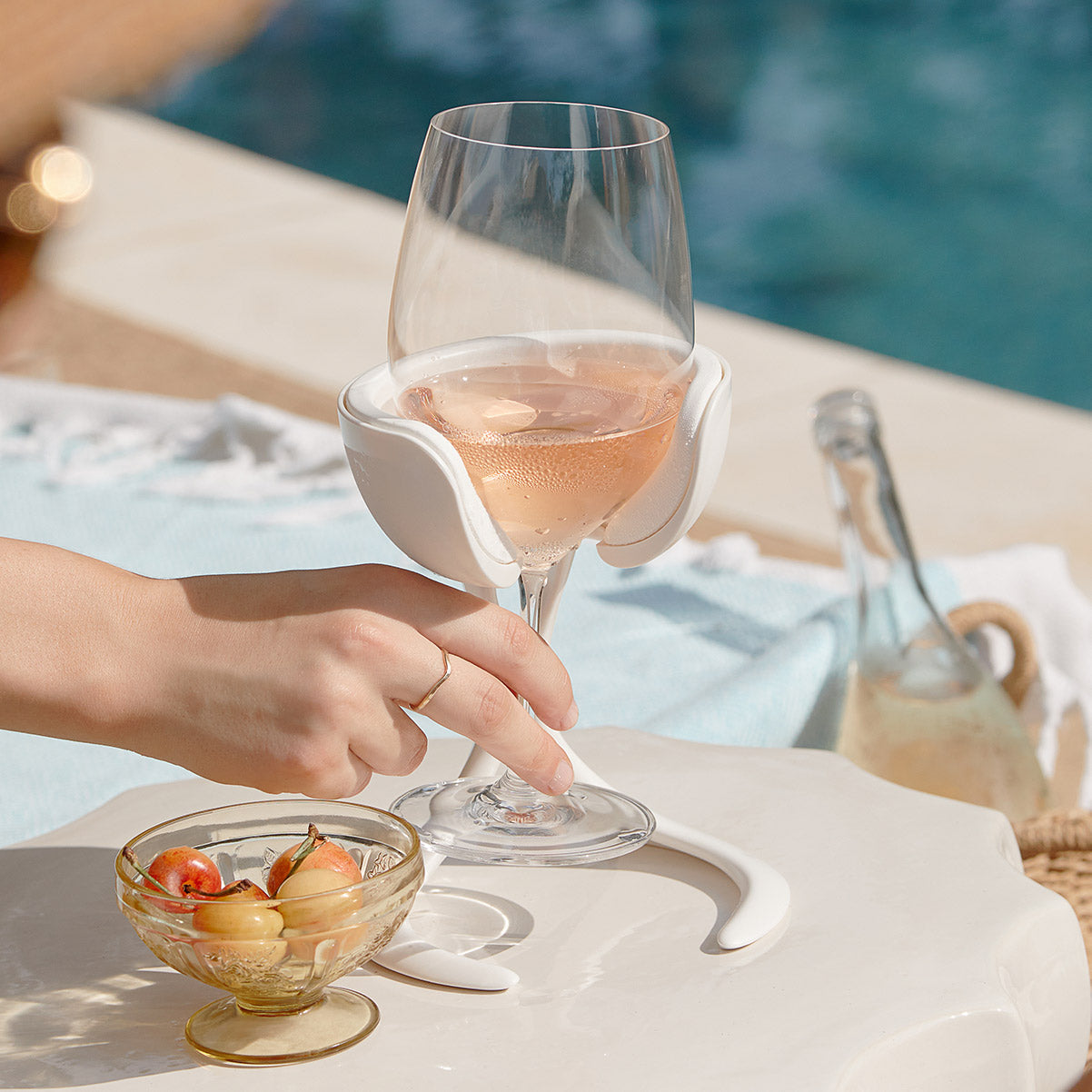
Rosé wine has become increasingly popular in recent years, with a growing number of wine drinkers seeking out high-quality, dry rosé wines that are versatile enough to pair with a wide range of foods. In this article, we will explore the origins of rosé wine and describe the different styles of rosé wine, including some of the most popular varieties from around the world.
Rosé wine has been produced for centuries, with winemakers in ancient Greece and Rome producing wines that had a light pink color. However, the modern history of rosé wine is largely associated with the production of wines in the Provence region of southern France. In the 18th and 19th centuries, the production of rosé wine in Provence became more widespread, and this style of wine became known as "vin gris," or "gray wine" in French.
Today, rosé wine is produced in a wide range of styles and from a variety of grape varieties, from the pale, dry rosés of Provence to the fuller-bodied, fruit-forward rosés of California and Australia. In Australia, for example, rosé wines are known for their fruit-forward and flavorful profile, often made from a blend of different grape varieties, including Shiraz, Grenache, and Mourvèdre grapes, as well as Cabernet Sauvignon and Merlot.
One of the most popular styles of rosé wine is Provence rosé, which is characterized by its delicate pink color and light, refreshing taste. Provence rosé is typically made from a blend of Grenache, Cinsault, and Mourvèdre grapes, and it is often described as elegant and sophisticated, with subtle aromas and flavors of red fruit, citrus, and flowers.
Another popular style of rosé wine is Spanish rosado, which is typically made from the Garnacha grape and has a light to medium body with flavors of raspberry, strawberry, and citrus. Spanish rosado is often slightly sweet and is typically enjoyed as a refreshing summer wine.
Italian rosato is another popular style of rosé wine, which is often made from the Sangiovese grape and has a light to medium body with flavors of red fruit, citrus, and herbs. Italian rosato is often dry and is typically enjoyed as a refreshing aperitif or as an accompaniment to light meals.
Blush rosé wine, which is sometimes referred to as white zinfandel, is another popular style of rosé wine that is often sweeter and less complex than other rosé wines. Blush rosé wine is typically made from the Zinfandel grape and has a light pink color and flavors of strawberry, raspberry, and peach.
In terms of consumption levels, the global consumption of rosé wine has been steadily increasing over the past two decades, from 17.8 million hectoliters in 2001 to 24.4 million hectoliters in 2019. France is the largest consumer of rosé wine, accounting for over 30% of global consumption, followed by the United States, which has seen significant growth in rosé consumption in recent years.
Rosé wine is best enjoyed chilled. No matter the style of rosé, we recommend that each sip is at a crisp temperature of around 45°F so that the wine is bright and refreshing on your palate. This why we created our VoChill wine glass chillers, so that each sip is as enjoyable as the first. VoChill wine chillers will uniquely allow you to control the temperature of the wine in your glass, simply let your glass continue to rest in the Chill Cradle for more chill or remove your glass if you prefer your wine a bit warmer.
In conclusion, rosé wine is a versatile and refreshing wine that is enjoyed by wine drinkers around the world. From the elegant and sophisticated Provence rosé to the fruit-forward and flavorful Australian rosé, there are a wide variety of styles and flavors to choose from. Whether you prefer a dry, crisp rosé to pair with seafood or a sweet blush rosé to enjoy on a hot summer day, there is a rosé wine to suit every palate and occasion.





